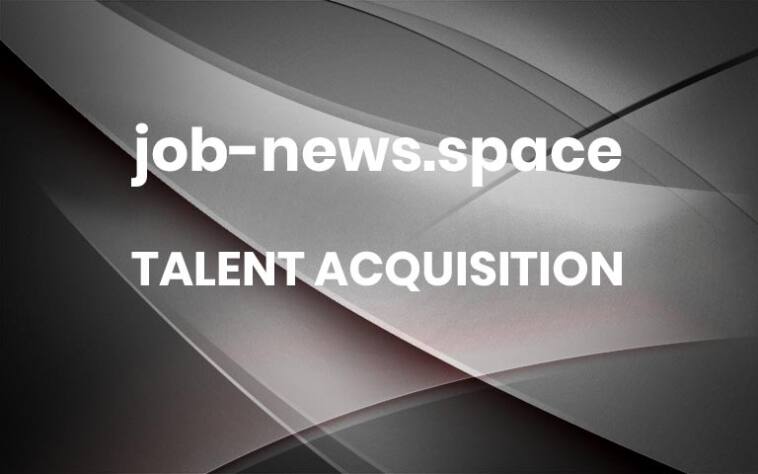The AI Recruiter’s Playbook: Mastering the High-Value Skills for 2025
The churn of the recruitment market is relentless. One minute you’re swamped with roles, the next you’re chasing invoices. We’ve all been there. But the savviest in our field know that the secret to not just surviving, but thriving, isn’t about volume. It’s about value.
While the generalist market becomes ever more saturated and automated, elite recruiters are quietly pivoting. They’re combining their strategic instincts with the raw power of artificial intelligence and aiming it squarely at the most lucrative, talent-starved niches.
The question is no longer if you should use AI. The question for 2025 is: are you using it to hunt squirrels or to land whales?
This is your playbook for landing the whales.
First, Identify the Goldmines: Where the Real Money is in 2025
Before you unleash your tech stack, you need to know where to point it. Sourcing for another junior marketing role simply won’t yield the same results as placing a lead cybersecurity architect. Today’s high-value sectors are fuelled by innovation, regulation, and massive capital investment. Keep your eyes firmly on:
FinTech & DeFi: The financial world is being rebuilt with code. Specialists in blockchain, payment gateway integration, and quantitative analysis are in a full-blown talent war. Clients in this space have deep pockets and zero time to waste.
Cybersecurity: This isn’t a trend; it’s a permanent state of high alert. From cloud security engineers to ethical hackers, the demand for talent to protect digital assets is insatiable and budget is rarely an issue for the right candidate.
HealthTech & Telehealth: The revolution in healthcare is digital. Experts in electronic health records (EHR), medical device software (SaMD), and AI-powered diagnostics are some of the most sought-after professionals on the planet.
Green Energy Tech: As the world pivots to sustainability, roles in battery technology, renewable energy grid management, and carbon capture software are exploding. This is a market with a mission and the funding to back it up.
The AI Playbook: Four Moves to Dominate Your Niche
Once you’ve picked your battleground, it’s time to arm yourself. Here’s how to leverage AI for a decisive advantage.
Play #1: The Hyper-Targeted Sourcer
LinkedIn Recruiter is just the starting line. True AI-powered sourcing goes deeper. We’re talking about platforms that scrape GitHub for top code contributors in a specific framework, identify rising-star speakers from niche tech conferences, or even flag engineers on patent filings. This is about using AI to find the “unfindable” passive talent your competitors don’t even know exists. It transforms your role from sourcer to intelligence operative.
Play #2: The Bias-Aware Screening Assistant
Let’s be honest, sifting through hundreds of CVs for niche technical skills is a soul-crushing time-sink. Let the machine do the heavy lifting. Modern AI tools can parse applications for specific skills, certifications, and project experience with terrifying accuracy. The key is to use it ethically. Configure your AI to perform skills-first screening, ignoring demographic data that can trigger unconscious bias. This not only speeds up your time-to-hire but also delivers a more diverse, higher-quality shortlist. You focus on the best talent, period.
Play #3: The Personalization Engine
In a high-value market, candidate experience is everything. Top candidates have multiple offers, and they’ll go with the recruiter who treated them like a person, not a number. AI is your secret weapon for personalization at scale. Use AI-driven CRMs to:
Draft personalized outreach based on a candidate’s specific projects or articles.
Automate intelligent follow-ups so no one ever falls through the cracks.
Remind you of key details (like a candidate’s upcoming holiday) before a call.
It’s about using technology to enhance the human touch, not replace it.
Play #4: The Market Intelligence Analyst
Want to elevate yourself from a supplier to a strategic partner? Use AI to bring data to the table. Leverage tools that provide real-time salary benchmarks for a niche role in a specific city. Show your clients what their competitors are offering and where the skills gaps are in the market. When you can tell a hiring manager, “The reason we’re struggling is that the average salary for this skillset has risen 15% in the last six months, here’s the data,” you change the entire conversation.
The Final Word: You Are Still the MVP
Don’t let the talk of algorithms and automation fool you. AI doesn’t close candidates. It doesn’t navigate complex counter-offers or build the deep-seated trust needed to guide someone through a life-changing career move.
That’s still your job.
The AI Recruiter of 2025 uses technology to eliminate the noise, automate the mundane, and arm themselves with unparalleled market intelligence. This frees you up to do what you do best: build relationships, provide strategic counsel, and close the deals that matter.
The robots aren’t coming for your commission; they’re coming to help you increase it. It’s time to open the playbook.
Share this post: More




